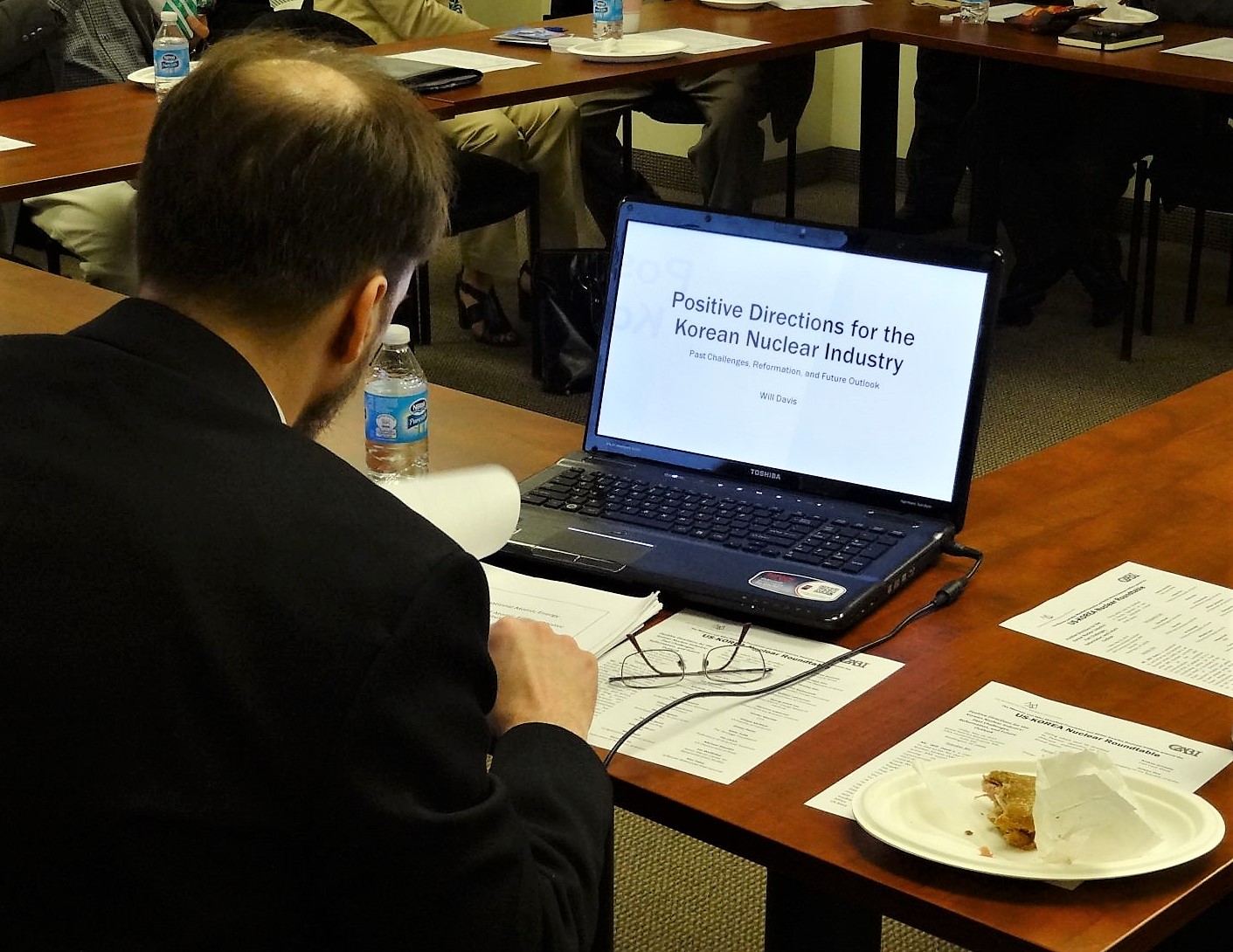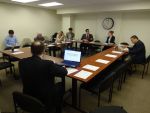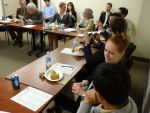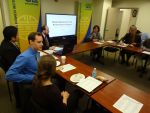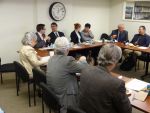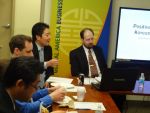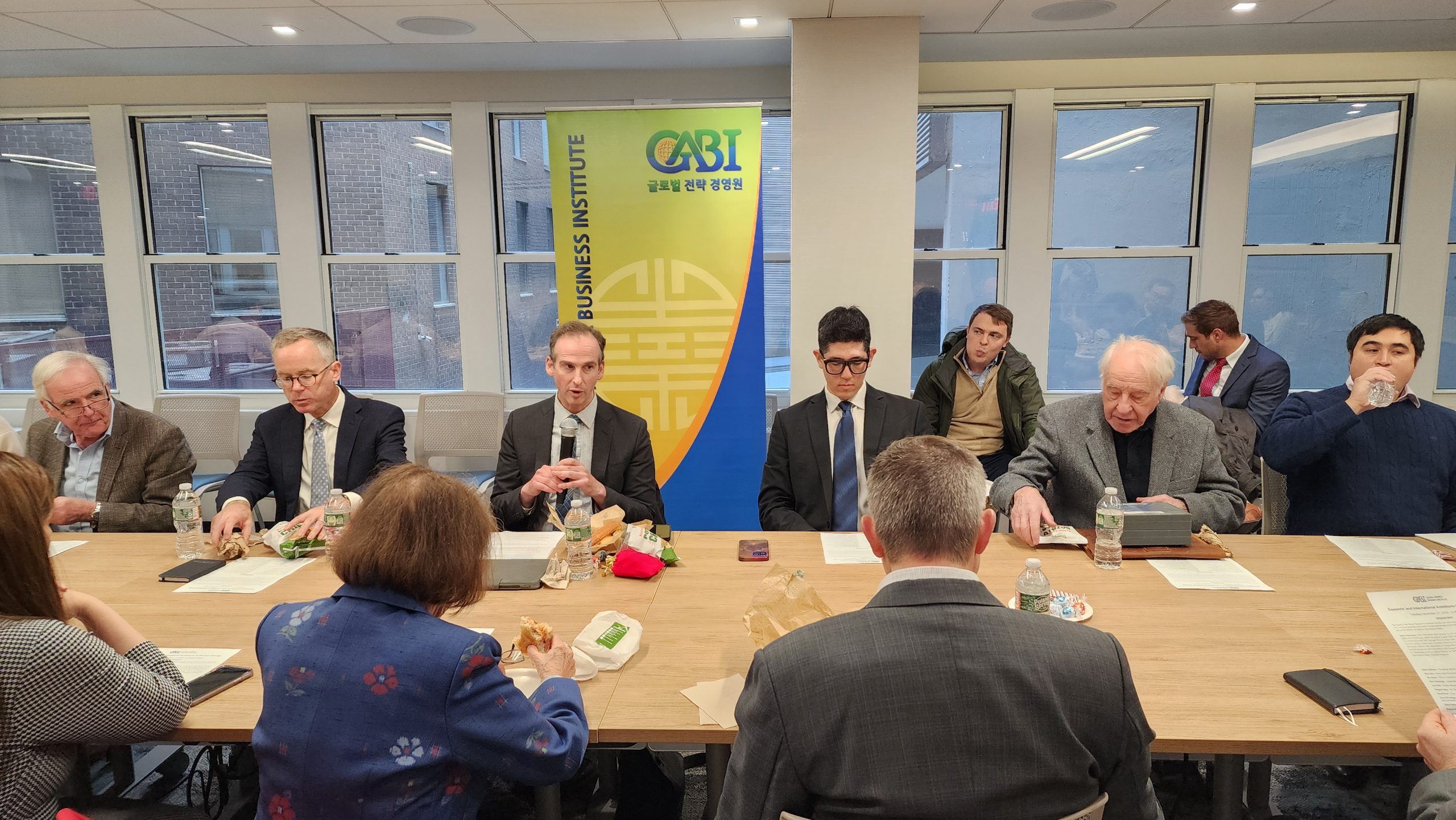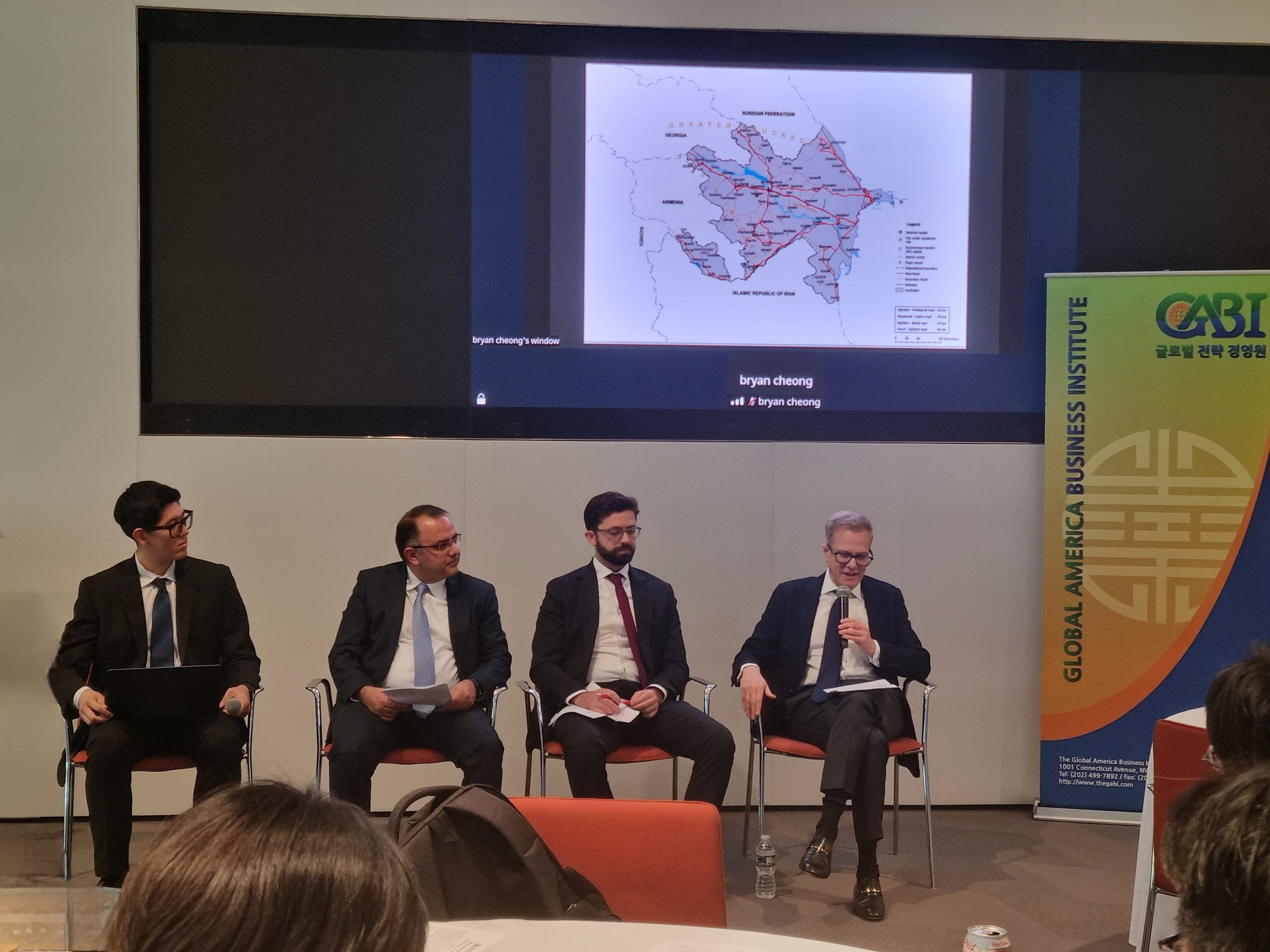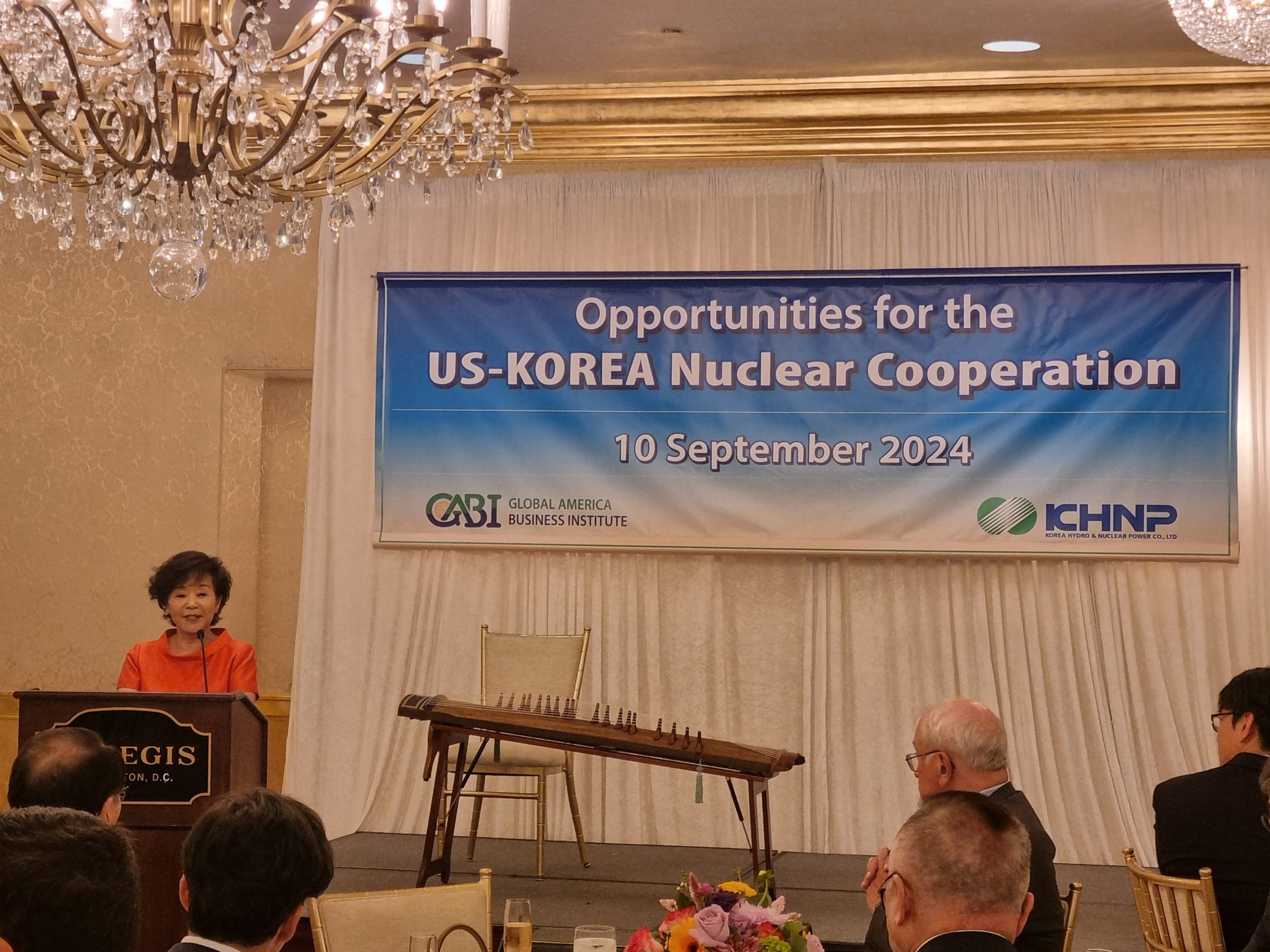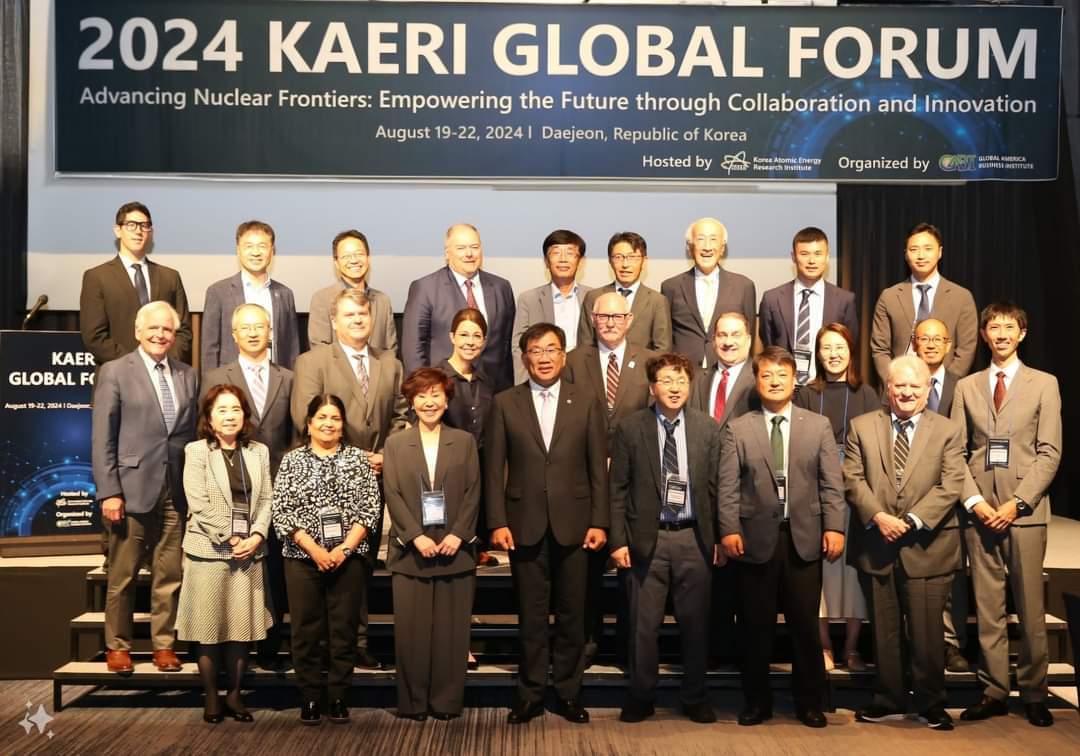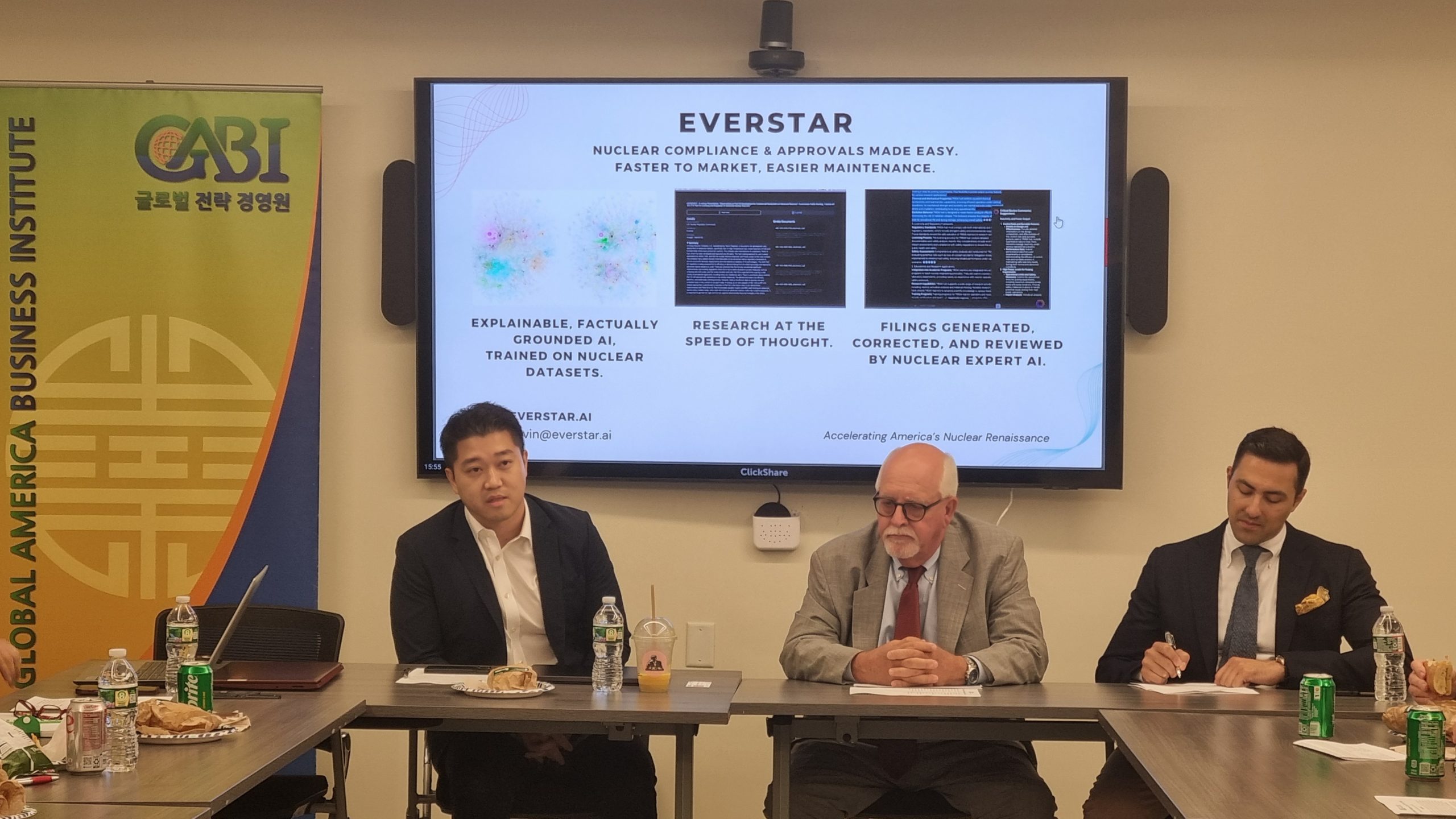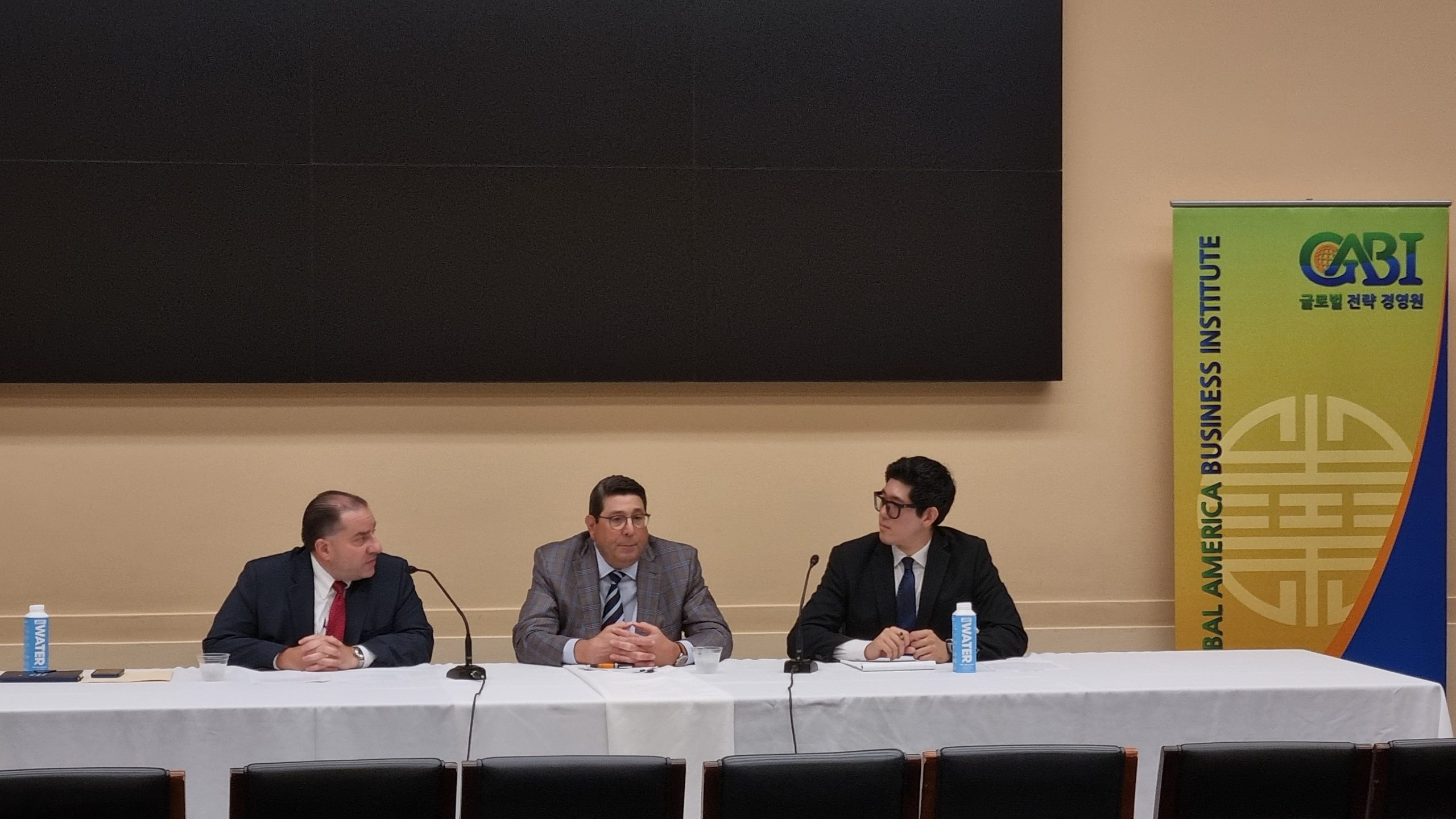The Republic of Korea’s most recent energy plan includes approximately one-third of all electricity generation from nuclear in ten years, which will require about a dozen further reactors constructed and completed by 2024. Given this plan and the country’s projected energy demand growth, Korea must maintain an aggressive domestic construction pace over the next decade. However, more than just new build, the Korean nuclear power establishment is seeking to improve qualitatively through enhancements in safety, innovation, and export competitiveness. The nuclear industry in Korea has aggressively sought to revitalize its corporate culture and further reinforce a “safety first” ethos with a greater emphasis on public engagement. The APR+, an improved version of the APR-1400 in terms of efficiency, capacity factor, and passive safety, is currently under development, in addition to other innovative reactor designs. SMART (System-integrated Modular Advanced ReacTor) was the first commercially licensed small modular reactor in the world, and the Korea Atomic Energy Research Institute (KAERI) is continuing to improve upon the SMART design through a new passive residual heat removal system to match the AP1000’s 72 hour “operator inaction” window. KAERI has also been actively developing sodium fast reactors and pyroprocessing in order to improve uranium utilization and significantly reduce long-lived radioactive waste streams. Moreover, on top of Korea’s NPP project in the UAE, South Korean nuclear firms are currently bidding for additional international projects, including in Finland and the UK.
Positive Directions for the Korean Nuclear Industry: Past Challenges, Reformation, and Future Outlook
May 16, 2014
By admin|2017-12-25T03:03:52-05:00May 16th, 2014|Categories: Nuclear Energy, Nuclear Energy Workshops|0 Comments

